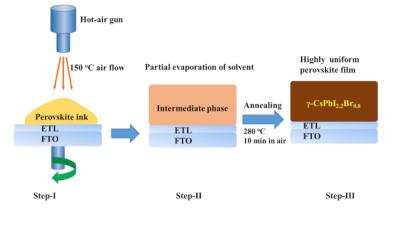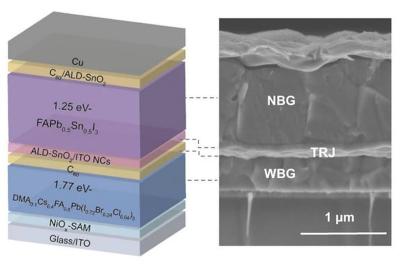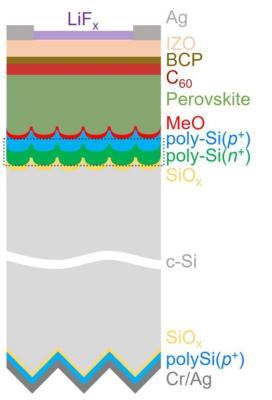Hanwha Qcells closes solar factory in South Korea, states that perovskite tandem pilot line will not be closed
Hanwha Qcells recently announced it will be closing its 3.5GW module factory in South Korea, in response to the stagnant solar market in the country. It was reported that the total installed capacity of solar power in South Korea has been continuously decreasing over the past three years, from 4.7GW in 2020 to 3.4GW in 2022, and is expected to further decrease in 2023.
Closing the factory comes as part of a plan to optimize Hanwha's photovoltaic module production capacity. However, Hanwha stated that it will continue to invest in its factory in Jincheon, South Korea, which will continue to produce TOPCon products and operate a perovskite tandem cell pilot line.




